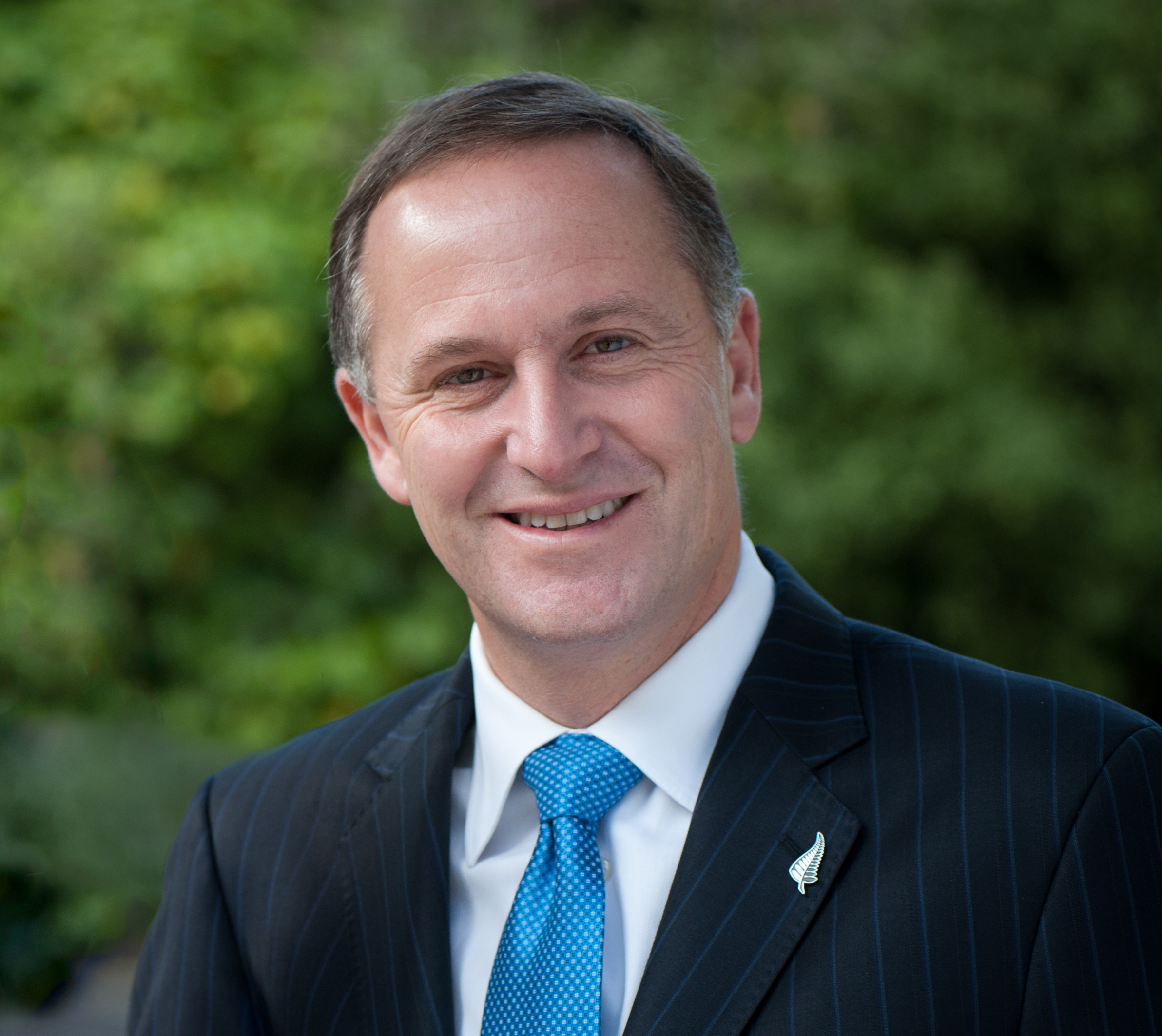
Sutherland is joined by others in the industry who believe that CMOS manufacturing is hitting fundamental limits that will make the cost of progress intolerable. Likharev took a physics position at Stony Brook University in New York and helped start Hypres, a digital superconductor company that still exists.ĭr. Likharev’s tiny lab was granted several million dollars in research support, making it possible for him to build a small team of researchers and, eventually, after the fall of the Berlin Wall, relocate to the United States.

That set off a chain of events through which Dr. Likharev explained the error, but he noted that the field still held promise. Likharev realized that the Pravda reporter had misread the news release and claimed the Fujitsu superconducting memory chip was five orders of magnitude faster than it was.ĭr. Wasn’t this an area, he wanted to know, where the Soviet Union could excel? The task of giving a five-minute briefing to the Soviet Politburo eventually fell to Konstantin Likharev, a young associate professor of physics at Moscow State University.

In 1987, Mikhail Gorbachev, the last Soviet leader, read an article in the Russian newspaper Pravda describing an astounding advance in low-temperature computing made by Fujitsu, the Japanese microelectronics giant.

“The nation that best seizes the superconducting digital circuit opportunity will enjoy computing superiority for decades to come,” he and a colleague recently wrote in an essay that circulated among technologists and government officials. Sutherland, who is 84, believes the United States is failing at a crucial time to consider alternative chip-making technologies that would allow the country to reclaim the lead in building the most advanced computers.īy relying on supercooled electronic circuits that switch without electrical resistance and as a consequence generate no excess heat at higher speeds, computer designers will be able to circumvent the greatest technological barrier to faster machines, he claims.

In the 1970s, he played a role in rallying the computer industry to build a new type of microchip with hundreds of thousands of circuits that would become the foundation of today’s semiconductor industry. It has been six decades since Ivan Sutherland created Sketchpad, a software system that foretold the future of interactive and graphical computing.


 0 kommentar(er)
0 kommentar(er)
